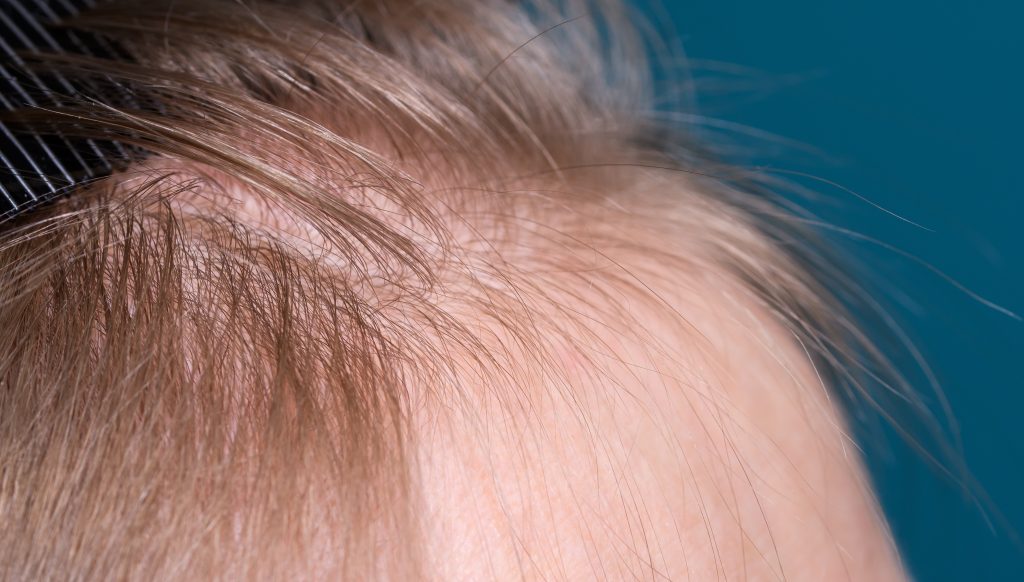Things You Need to Know About Red Light Therapy for Hair Loss
Hair is significant in our self-identity, framing our face, reflecting our personality, and playing a crucial role in our confidence. However, as we age, many individuals experience the distressing effects of hair thinning, weakening, and loss, leading to frustration and concern.

The causes of hair loss are multifaceted, with factors such as declining scalp circulation, hormonal changes, genetics, and stress contributing to the condition. Historically, treatments have revolved around medications such as minoxidil or surgical interventions like hair transplants. While effective for some, these options may only suit some.
Over the past few years, the beauty and wellness sector has unveiled groundbreaking remedies for tackling hair loss, among which red light therapy has stood out as a hopeful contender. Red light therapy, also recognized as low-level laser therapy (LLLT), harnesses precise wavelengths of red light to activate cellular functions, boost blood circulation, and alleviate inflammation, potentially fostering hair regrowth.
Research on red light therapy for hair loss is encouraging, particularly for conditions like androgenetic alopecia. However, individual responses vary; consistent use over time is necessary to observe noticeable results. Red light therapy sessions usually range from 10 to 30 minutes and are adaptable for use at home or in a professional environment.

When contemplating red light therapy as a solution for hair loss, seeking guidance from a healthcare professional is vital, especially if you have existing health concerns. Additionally, while red light therapy holds promise, it may represent a significant investment, and complementary approaches such as scalp-healthy diets, stress management, and targeted hair products may enhance results.
Red light therapy offers a non-invasive and potentially effective treatment option for hair loss, but its suitability and effectiveness vary among individuals. By seeking advice from a dermatologist or a hair loss specialist and integrating additional supportive techniques, individuals can enhance their strategy for addressing hair loss and fostering overall health.
